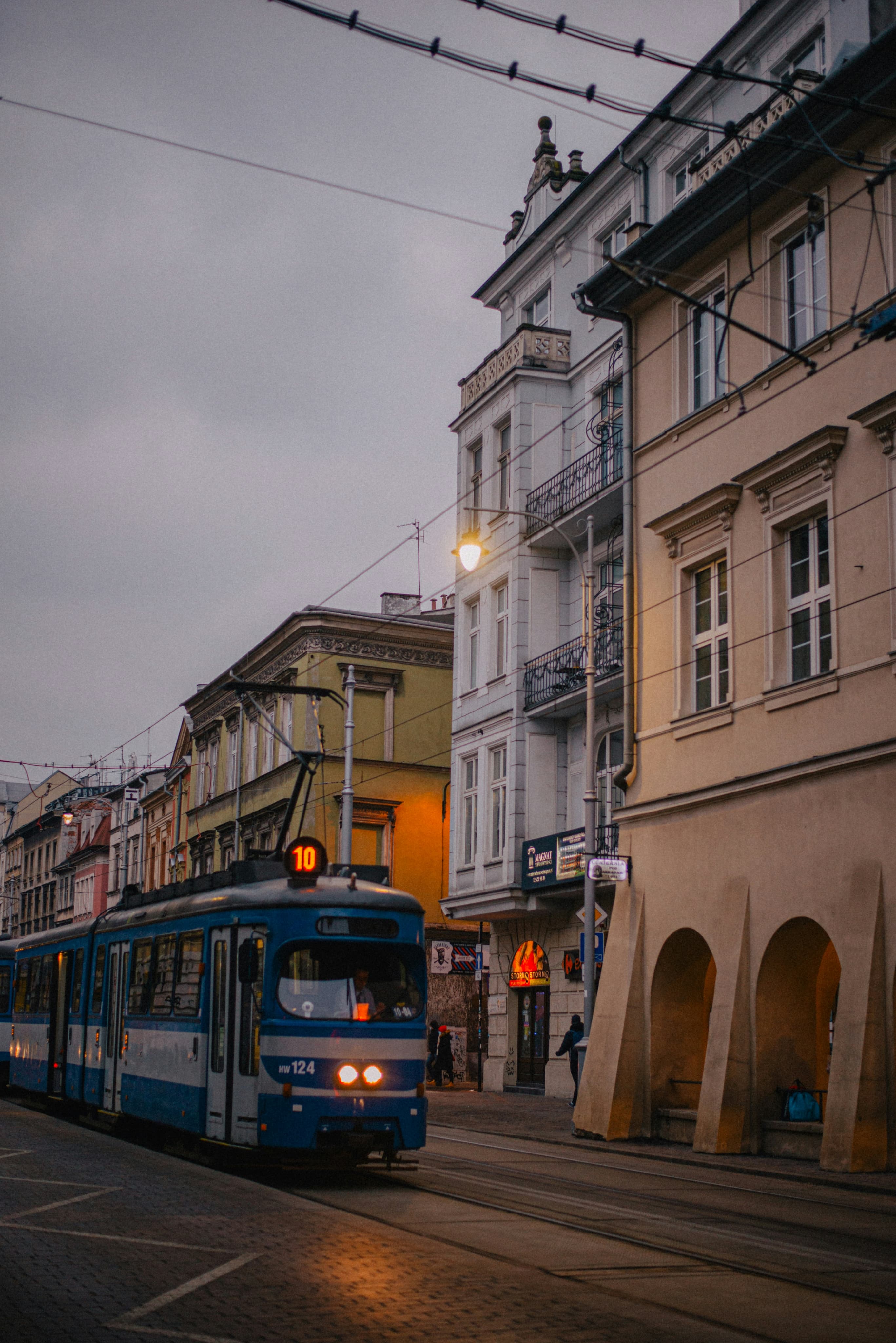The Old Court, first built on this site in the second part of the 15th-century by Vlad Ţepeş, was considerably extended during the 16th century, by Mircea Ciobanul, and again a century later, this time at the hand of Constantin Brancoveanu, who added a splendid voievodal palace, decorated with marble and icons. The palace was by and large destroyed by a series of fires in the 19th century however, and subsequently neglected. Much of what remains today was uncovered during archaeological digs that took place from 1967-72, when the palace ruins were first opened as a museum. There are fragments of the original 15th century walls, as well as remnants of the voievodal palace throne room, in which most of the relics found on the site are exhibited.
Next door to the palace is the Old Court Church, the oldest in Bucharest, dating from 1545 (although.it is believed that an even earlier church stood on the same site as early as 1398). Legend has it that when the founder of the current church Mircea Ciobanul would arrive to attend a service, lambs would be sacrificed at the entrance in order to allow the voievod (ruler) to walk over the blood, which apparently gave him strength. The church adopted its current look when it was enlarged in 1715 during the time of Ştefan Cantacuzino, while the superb frescoes inside, painted by maestros Constantin Lecca and Mişu Papa, were added in 1847. The church’s exterior was recently renovated, and it looks better than ever. Sacrificed lambs alas are no longer a feature.
Next door to the palace is the Old Court Church, the oldest in Bucharest, dating from 1545 (although.it is believed that an even earlier church stood on the same site as early as 1398). Legend has it that when the founder of the current church Mircea Ciobanul would arrive to attend a service, lambs would be sacrificed at the entrance in order to allow the voievod (ruler) to walk over the blood, which apparently gave him strength. The church adopted its current look when it was enlarged in 1715 during the time of Ştefan Cantacuzino, while the superb frescoes inside, painted by maestros Constantin Lecca and Mişu Papa, were added in 1847. The church’s exterior was recently renovated, and it looks better than ever. Sacrificed lambs alas are no longer a feature.







